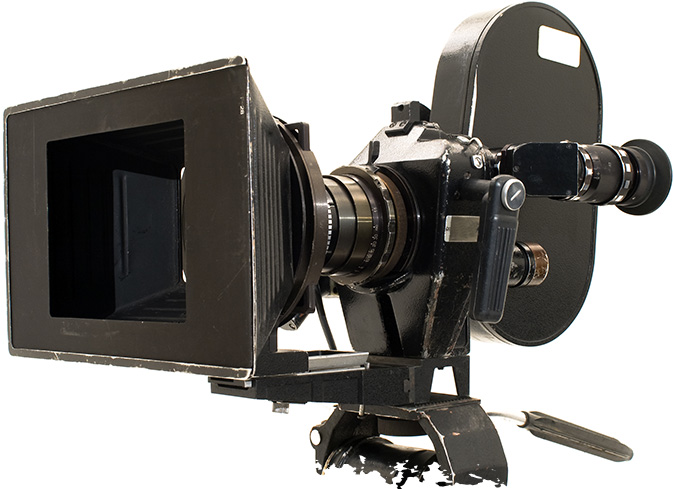
Utilising creatine to maximise performance and recovery
Creatine is one of the most studied supplements in the world. For that reason, we have a bunch of data on the role that creatine can play in maximising performance and recovery. In this article we look at what creatine is, why use creatine and how to take creatine.
What is creatine?
Creatine is produced by the body in the liver and is involved in helping your muscles to produce energy. It is also found in small quantities in animal proteins. Our own production is around 1gram per day and if you consume animal protein you may intake around another 1-2grams per day. Those on a purely plant-based diet do have an increased risk of developing an insufficiency of creatine.
The majority (around 95%) of the creatine we have is stored in muscle tissue.
Why use creatine?
I first started studying creatine effects on the body back in my university days in the early 2000’s. I recall writing 10,000 words back then reviewing hundreds of available studies looking at the performance benefits. It’s rare that you get such a widely studied compound.
Here are some of the more well-established benefits from creatine supplementation:
- Increased power output
- Improved lean mass
- Improved running performance
- Reduced fatigue
- Improved resistance to fatigue
- Reduced muscle damage
- Enhance post exercise recovery
- Injury prevention and improving injury rehabilitation
- Brain and spinal cord neuroprotection
To go through each of these areas is beyond the scope of this article, however I have added in the references section, the most recent position paper by the International Society of Sports Nutrition, and a link to Examine a well-established website looking at the scientific literature of supplements available on the market. For those geeks like me this will give you hundreds of study links to review or you can just read those two links alone and have a pretty good idea on the current state of play with creatine supplementation.
How to take creatine
With a diet that includes animal protein the creatine stores are typically 60-80% saturated naturally, however, those on a plant-based diet may have less saturation and therefore may benefit even more from some level of creatine supplementation, particularly athletic populations.
Creatine stores can typically be maintained at their saturation point with ingestion of 3-5g of creatine per day in most individuals. Those with more muscle mass may have to go a little higher ranging from 5-10g per day.
Creatine has been shown to be very safe as a supplement with no adverse effects from sustained dosages well above what I am recommending.
Creatine monohydrate is the most well researched and whilst other forms have come to market, there does not appear to be any benefit using other forms of creatine.
When you increase creatine levels through supplementation increasing water intake is recommended. Creatine can increase the volumisation of muscle tissue with water, so you may feel quite quickly that you muscle feels a little bigger, in fact I have used creatine a lot with actors to create this effect on camera. If you do not increase water intake alongside an initial increase in creatine this can lead to some dehydration symptoms, hence creatine supplementation has been linked with the onset of headaches.
Back 15-20years ago when I was first looking at creatine supplementation the done thing was to load with creatine for 5-7 days of around 20-25g per day taken in divided dosages. These days similar results have been seen without a loading phase and this helps to avoid any possible side effect from taking too much at once. In fact, there has been good evidence demonstrating the effects of low dose supplementation on physical performance, even around the addition of 1-2g mark per day.

















